| The Last Man On The Moon |
| During May 1969, Eugene Cernan had piloted the Apollo 10 Lunar Module, with Thomas Stafford, down to within 9 miles of the Moon's surface. When he returned to the Earth he made up his mind to go back to the Moon and take the Lunar Module all the way down to it's ancient surface. The success of this plan depended on one factor, something that would leave his boss Deke Slayton almost lost for words, but for the months after Apollo 10 he watched the crew assignments with a keen interest hoping for a lucky break. |
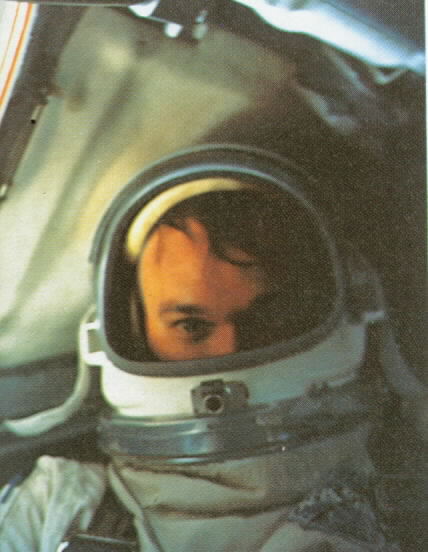 |
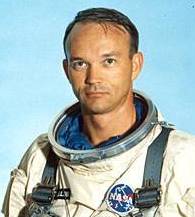 |
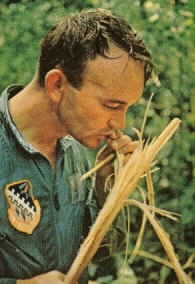 |
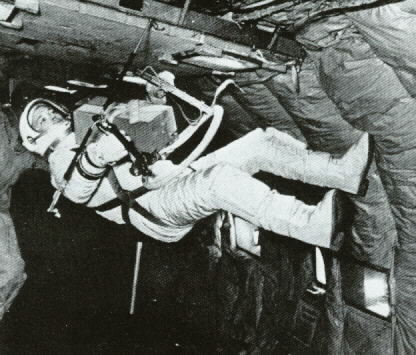 |
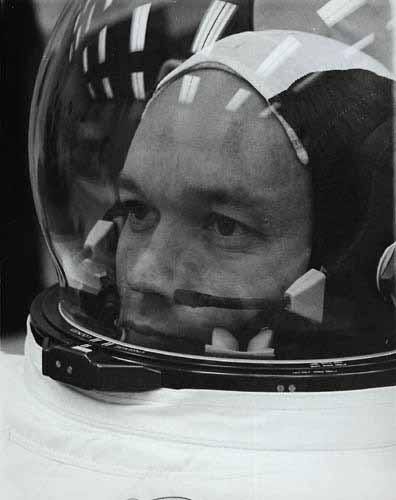 |
 |
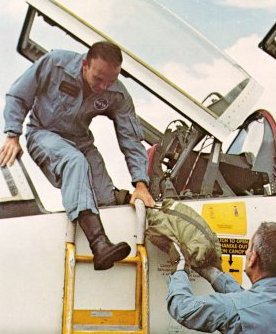 |
 |
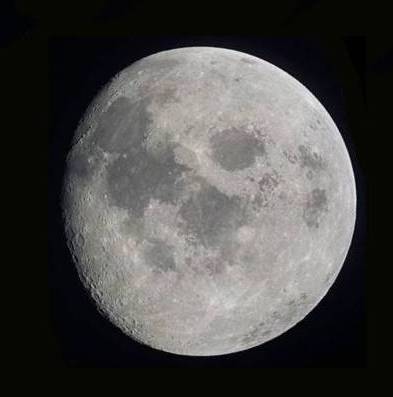 |
 |
| In the summer of 1969 Deke Slayton chose Alan Shepard to be the commander of Apollo 13 and selected John Young to back him up with a view to flying to the Moon on Apollo 16. Slayton then asked Cernan if he wanted to join Young's crew as LMP and walk on the Moon sometime in 1971. As Slayton would later say, "When I told Gene about the assignment he said he didn't want it. Didn't want to fly as Lunar Module Pilot. 'Let me get this straight,' I told him. 'You're turning down the chance to walk on the Moon?' Cernan would later say about this decision, "His eyes widened in surprise when he heard my unexpected answer. I had no desire to return to the Moon as an LMP. My goal was to have a command of my own." Slayton made it perfectly clear what Cernan's chances were of getting his own command, "Look Geno, the budget is going to be cut back. There may not be too many more missions and I've got a lot of guys ready to fly." Cernan stuck to his guns saying, "It was more important to me to be skipper of my own ship than to walk on the Moon." Slayton left Cernan shaking his head in disbelief saying, "All I could tell him was that I would see what I could do, but it didn't look good. I assigned Charlie Duke in Gene's place." There was one more problem with Slayton's choice for the Apollo 13 crew, some of the NASA managers rejected Shepard for the command of this mission due to the long period he had been dropped from flight status. Slayton's solution was to swop Shepard's crew with Lovell's crew and thus Lovell lost out on his chance to walk on the Moon. Slayton now had prime crews for Apollo 13 and 14 and a back-up crew for Apollo 13. His next crew selection would be that of back-up crew for Apollo 14, following the normal rotation this crew would go to the Moon aboard Apollo 17. Slayton wanted Michael Collins to command this mission but when he asked him to be Apollo 14 back-up commander Collins turned him down. |
| Slayton said, "My first choice for backup commander was Mike Collins. By backing up 14 he would put himself inline to walk on the Moon. I brought up the idea with him on a T-38 flight to the Cape. He thanked me for the offer, but said that if Apollo 11 went well, he wanted to get out of the astronaut business. Cernan would later say when he found out about this conversation, "Without knowing it, Mike had been my first hurdle to being a commander, but I would not learn of that important conversation until later. Had I known Mike was the first choice, I might have evaluated the odds when Deke offered me the LM seat on John Young's crew." It appears an incredible thing to do, to turn down the offer of commanding a lunar landing mission, so why did Collins do it? Looking in a simplistic way at Collin's career at NASA, he was chosen in the 3rd Group of astronauts, flew as pilot on Gemini 10 and flew as the CMP on the Apollo 11 mision. There is, of course, more to his time at NASA than that. On October 14th 1963, only five months after the final Mercury flight, Collins was names as one the new astronauts amongst the third group. In early 1964 he moved to Houston for the start of his training to one day fly into space. |
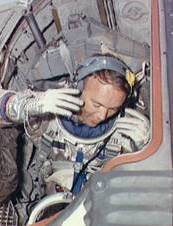 |
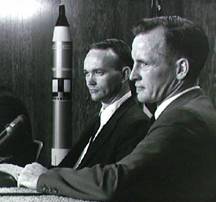 |
| As well as survival training at sea, in the desert and in the jungles of Panama, Collins went back to the classroom to study such diverse subjects as rocket propulsion, meteorology, aerodynamics, digital computers, astronomy and geology. As part of his geology training he travelled to places as far apart as the Grand Canyon, Hawaii and New Mexico. It is true to say that in the early days of his career, Collins could quite easily be found at a desk in Panama studying Air Force survival manuals or at the site of a large impact crater in Arizona learning more about craters, such was the wide range of lessons to be learned before even contemplating a spaceflight. There was also one other aspect of being an astronaut that he considered harder then test flying and that was speech making during public relations appearances. After his initial training, Collins was given his specific area of responsibilty within the astronaut office, pressure suit testing and EVA techniques. |
| An Apollo 10 pre-flight photo. |
| The Moon viewed on the way home. |
| Slayton assists Collin's exit from a T-38 jet. |
| Survival training in Panama. |
| Then in June 1965 he became the first astronaut from his group to receive an assignment to a spaceflight as backup pilot for Gemini 7 along with Ed White. He dived into the training for this mission spending many long hours in the simulator until December 1965 when he watched Borman and Lovell go into space. |
| Collins floats inside NASA's zero g training aircraft. |
| The backup crew for Gemini 7. |
| Almost immeadiately after Gemini 7 he was named as the pilot on the prime crew for Gemini 10, the official announcement being made on January 2nd 1966. His commander would be John Young, veteran of the Gemini 3 mission. Collins said, " I was disappointed to part company with Ed, but I was pleased to be able to fly with John, whom I liked. Most of all. I was excited at the prospect of flying in space." Once again he went into training and only seven months later on July 18th 1966, he was launched into space. During the three day mission he and Young would achieve a maximum apogee of 474 miles after docking with and igniting the engine on Agena 10. He also became only the third American to walk in space, floating over to the Agena 8 spacecraft and thus becoming the first human to ever make bodily contact with another orbiting spacecraft during a 39 minute EVA. |
| Training for Gemini 10. |
| Gemini 10 portrait. |
| View of Collins during the mission. |
| After Gemini 10 Collins was selected as the Apollo 2 LMP in September 1966 and started to learn about the two new spacecraft he would fly, the Command Module and the Lunar Module. Only a few months later on December 22nd he was 'promoted' to CMP after the original CMP on his crew, Thomas Stafford, was given his own command. The new crew of Borman, Collins and Anders was also re-assigned as the prime crew for Apollo3. The tragic Apollo 1 fire on January 27th 1967 resulted in a reshuffling of the crew assignments and it wasn't until November 20th 1967 that the announcement was made that he would fly aboard the Apollo 9 mission with Borman and Anders. Then in July 1968 something happened that made him reassess his life as an astronaut, he was diagnosed as having a bony growth on his spine pressing against his spinal cord, something that could only be corrected with a surgical operation. He said of this time, "When I thought about the last two years since Gemini 10, I realised that my life as an astronaut hadn't worked out the way I had hoped. It had been more hard work than glamour. Three of my friends had burned to death in a spacecraft and now I was headed for major surgery. |
| All he could was have the operation and look to the future with a hope of getting on another flight. In the meantime NASA had decided to assign Borman, Anders and Collin's replacement, James Lovell, to the Apollo 8 crew on a mission to orbit the Moon. Recovering from the surgery, Collins was able to be in mission control as Borman, Lovell and Anders orbited the Moon during December 1968. After the mission he said, "I was happy that everything had gone so well and sad that I had not been able to go with Borman and Anders instead of Lovell. In place of a trip to the Moon, I had a scar on my throat and a great desire to make up for lost time." |
| Capcom for Apollo 8 |
| Collins said of his Gemini 7 assignment, " I was glad Jim Lovell stayed healthy and was able to fly Gemini 7, but at the same time I was sad that I was not able to fly it myself." |
| Once again Slayton had to make a crew selection and this time it was for the first lunar landing attempt. he chose Neil Armstrong as the commander and Buzz Aldrin as the LMP. Slayton siad of Collin's inclusion in this crew, "Mike Collins was available and had lost out on the lunar orbit mission. He deserved the first available mission, which happened to be 11. I called Neil, Mike and Buzz into my office on Monday January 6th and told them, "You're it." |
| Collins suited up and ready to fly Apollo 11. |
| Collins inside the Command Module simulator. |
| So far Collins had trained for Gemini 7, Gemini 10, Apollo 2, Apollo 3 and Apollo 9, now he went back into the training cycle once more for Apollo 11, as he said, "It was back into the simulator for me." Along with the training for the mission, he designed the mission patch and agreed on the name of Columbia for the Command Module that he would fly around the Moon. On July 16th 1969, Collins was launched into space for the second time, only this time he would be going a little further than he had on his last flight. The lunar landing was a complete success and soon the crew were heading back to Earth. Collins said of the departure from lunar orbit, "As we left the Moon, we curved around its right side and we could see it gleaming in the sunlight, vividly etched against the black sky in gray-tan tones. It was beautiful, but it was nothing compared to Earth and I didn't want to come back ever." After Apollo 11 had splashed down in the Pacific on July 24th 1969, the crew were brought back home to a heroes welcome, it was shortly after this that Slayton offered Collins the Apollo 14 backup commanders job. Collins had had enough of the constant training though and said, "It was difficult for me to decide to quit my job as an astronaut. If I had stayed, it would have taken a couple of years to get another flight. Second, during those years, I would have continued to be away from my family a lot and I was getting very tired of that. Thirdly, after Apollo 11, I didn;t think I would be able to keep my enthusiasm high enough to put up with all the long hours of hard work." So Collins made up his mind to leave NASA and Slayton said, "He was tired of the grind. Fair enough. So I made Gene backup commander on Apollo 14. Gene's little gamble had paid off for him. " Cernan said of his selection, "Deke called me over to his office in building one. "I'm going to give you a shot. You're commanding the backup crew on 14." The good news was that I had a command." |
 |
| On the 13th of August 1971, Eugene Cernan was officially named as the commander for Apollo 17 and he went onto become the last man to walk on the Moon. His last words on the surface were, "This is Gene and I'm on the surface and as I take man's last step from the surface, back home for some time to come - but we believe not too long into the future - I'd like to just say what I believe history will record. That America's challenge of today has forged man's destiny of tomorrow, and as we leave the Moon at Taurus-Littrow, we leave as we came and god willing as we shall return, with peace and hope for all mankind. Godspeed the crew of Apollo 17." |
| Back to Index |
| Copyright 2001-2009 by Robert M. Southall |